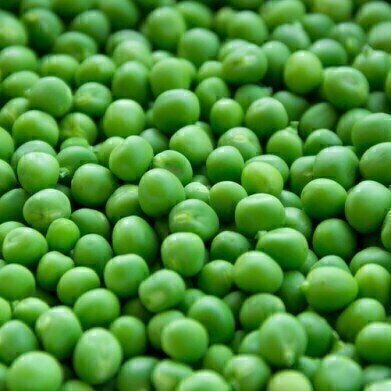Gas Chromatography
How to Improve the Flavour of Pea Protein? - Chromatography Investigates
Jan 28 2019
Demand for protein rich food products is increasing. Protein shakes and protein bars have long been the staple of the gym going fraternity - but now it seems that the rest of us are getting in on the act too. Protein rich everything seems to be adorning the aisles of supermarkets everywhere. In the US in recent years, almost 20% of new product launches in the food and beverage sector were for ‘high protein’ items.
Search for inexpensive protein sources
Traditionally, our protein has been sourced from meat and dairy - with beef, chicken and eggs high on the menu of many bodybuilders. But these are relatively expensive sources of protein. Therefore, food manufacturers are exploring alternative sources of protein to add to food and drinks for the consumer market - these include grains, soy and plant-based proteins.
Soy is one of the most used alternative protein sources. But, its use has been hampered by consumer concerns regarding genetic modification, allergen risk and environmental concerns. As a result, there is interest from manufacturers and consumers in alternative plant-based protein sources. Could pea-protein be the answer?
Give pea’s a chance
Pea protein is a promising alternative to soy as a high-quality plant-based protein - and it ticks all the boxes as being low-cost, environmentally sustainable and is classes as a low allergenic source. Pea protein is made be isolating the protein from ground yellow peas - forming a beige powder that can be incorporated into food and beverage recipes.
Nutritionally, pea protein is a high-quality protein source. It contains the nine essential amino acids that our bodies cannot make - thus, we must obtain them from food. Pea protein is also a good source of branched chain amino acids that encourage blood flow and healthy hearts. One of the issues with plant-based proteins is that in general, they are less easily absorbed when compared to animal-based proteins. However, pea protein is one of the more easily digested plant proteins.
What about the flavour?
No matter how good a food is for us, if it doesn’t taste great, we will not want to eat it. Flavour is a sensation that combines taste, aroma, sight and texture - and pea protein is said to have a bitter taste and is smelly. So, to increase the possibility of pea protein being used as a protein supplement in more foods - its flavour profile has to be understood. Then perhaps, changes can be made without altering the great protein benefits it can confer.
One of the key methods for understanding a foods flavour profile is through gas chromatography, which is one of the most powerful analytical techniques in the laboratory - as discussed in the article, The Past, Present, and Future (?) of Analytical Supercritical Fluid Chromatography – a 2018 Perspective Once the flavour profile is known, researchers can set about removing the off-putting components leaving the protein-rich parts intact.
Digital Edition
Chromatography Today - Buyers' Guide 2022
October 2023
In This Edition Modern & Practical Applications - Accelerating ADC Development with Mass Spectrometry - Implementing High-Resolution Ion Mobility into Peptide Mapping Workflows Chromatogr...
View all digital editions
Events
Apr 28 2024 Montreal, Quebec, Canada
May 05 2024 Seville, Spain
May 15 2024 Birmingham, UK
May 19 2024 Brno, Czech Republic
May 21 2024 Lagos, Nigeria













